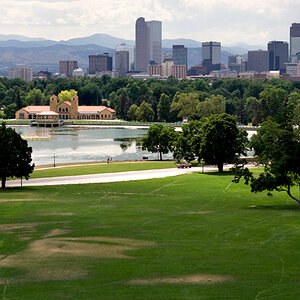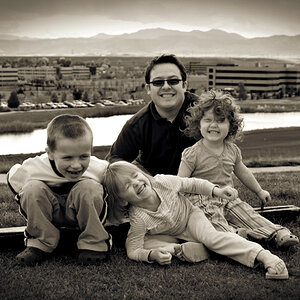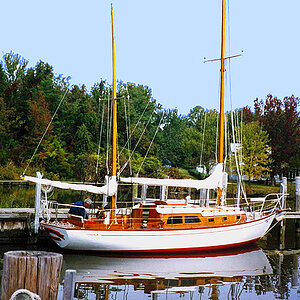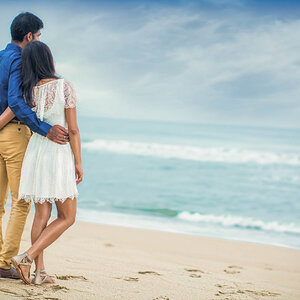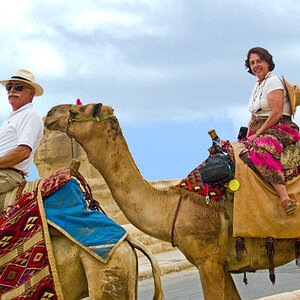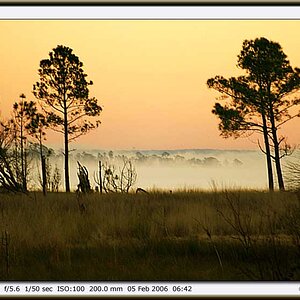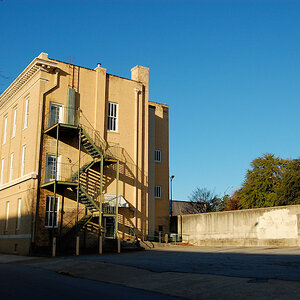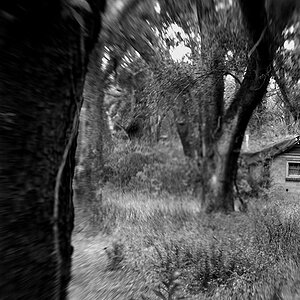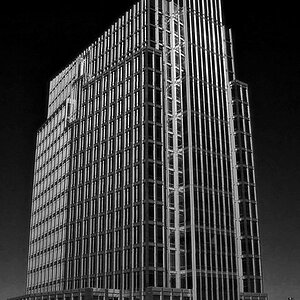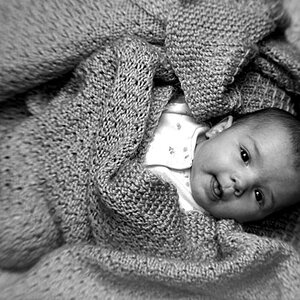Lizocain
TPF Noob!
- Joined
- May 28, 2010
- Messages
- 16
- Reaction score
- 0
- Location
- Greece
- Can others edit my Photos
- Photos OK to edit
Hi all, i had some free time today and went to a high spot where i could make a pano of my town.I decided i should try my first hdr.I set aparture to F8(max) for max depth of field and set my autobracketing to take 5 pics each time.So i made a pano of 10 pics in 5 different exposures.
However when i went home i got quit disappointed,as the pictures had very big difference in brightness.I guess this is due to the different shutter speed which i didnt really considered while capturing the pics :banghead:\
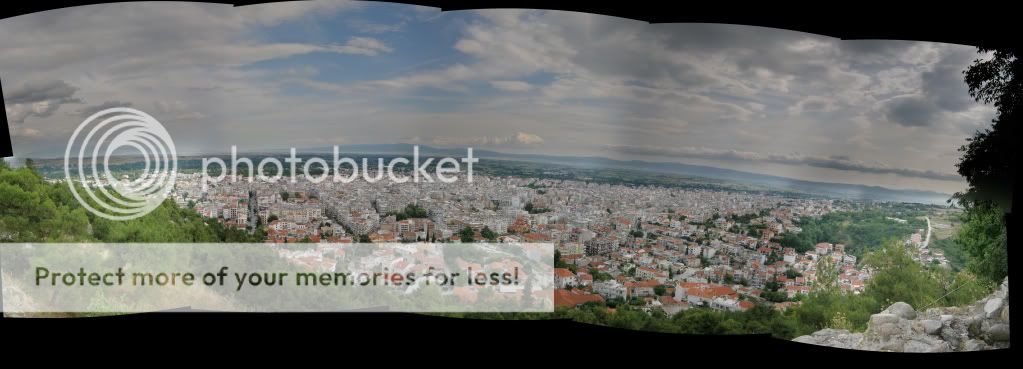
Anyway im going back and try again with only one exposure this time or manually change the shutter will see.What id like to ask is this : i noticed the horizon is not straight,is there a way to fix this op or pp in photoshop?i dont really like it like this.
Will be thankful to hear some advices thanks.
p.s. programs i use ptgui for pano,photomatix for hdr,ps cs 3 for pp.
However when i went home i got quit disappointed,as the pictures had very big difference in brightness.I guess this is due to the different shutter speed which i didnt really considered while capturing the pics :banghead:\

Anyway im going back and try again with only one exposure this time or manually change the shutter will see.What id like to ask is this : i noticed the horizon is not straight,is there a way to fix this op or pp in photoshop?i dont really like it like this.
Will be thankful to hear some advices thanks.
p.s. programs i use ptgui for pano,photomatix for hdr,ps cs 3 for pp.



